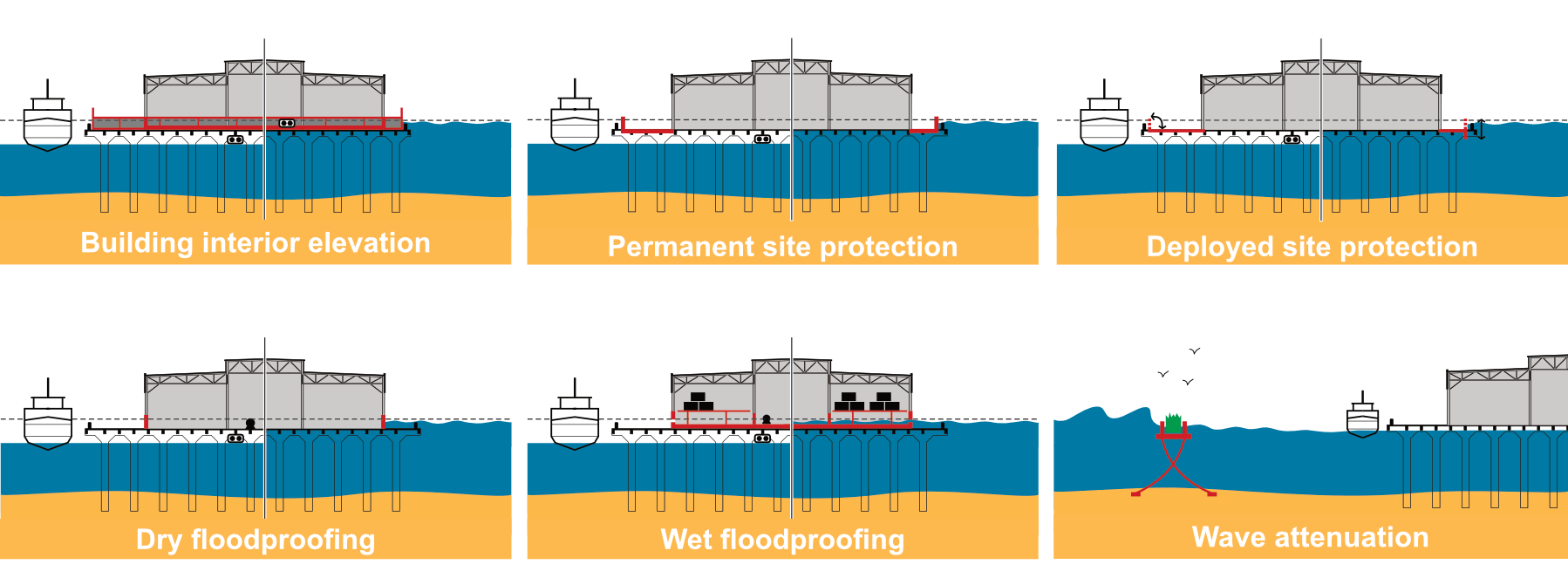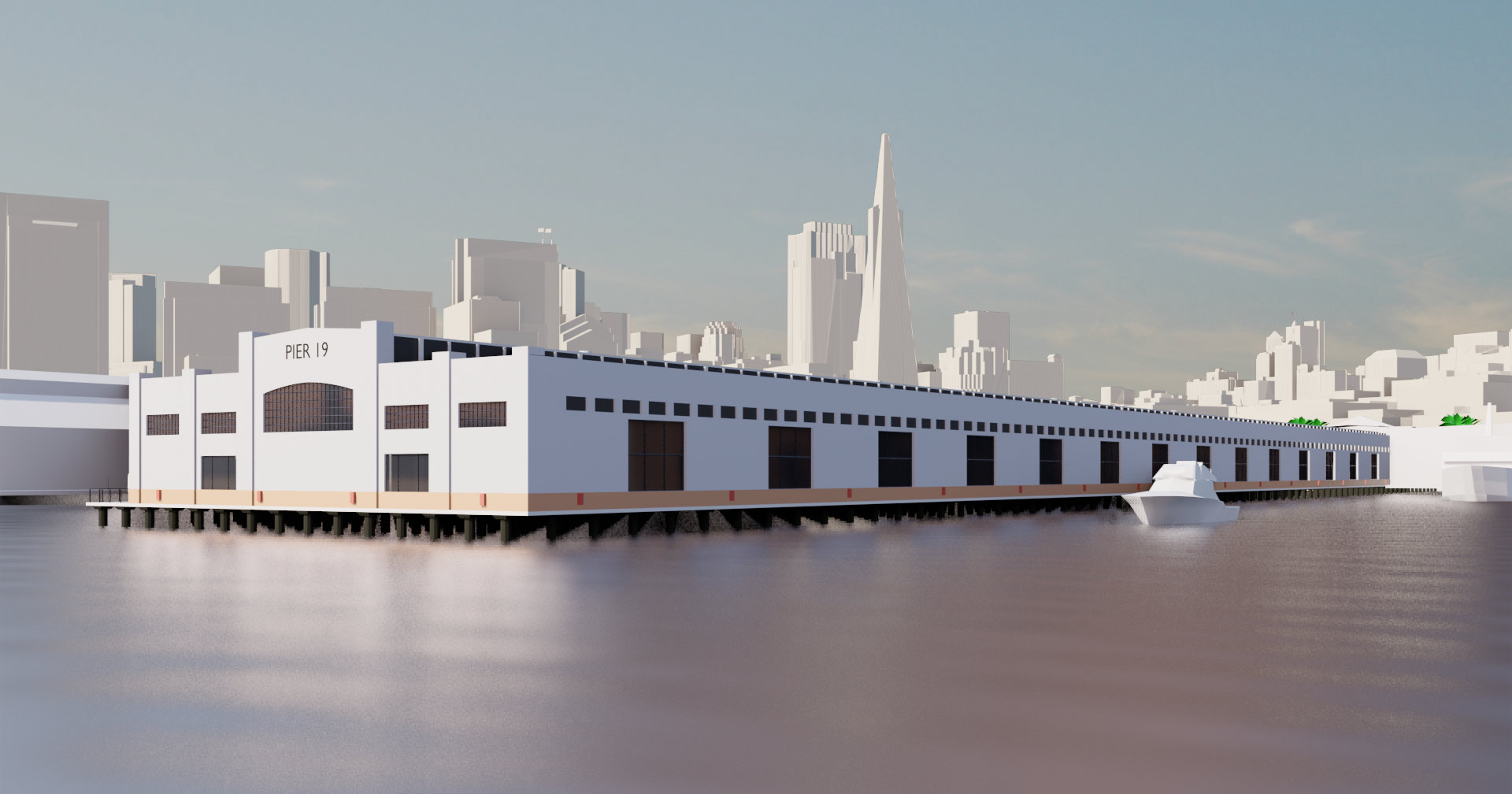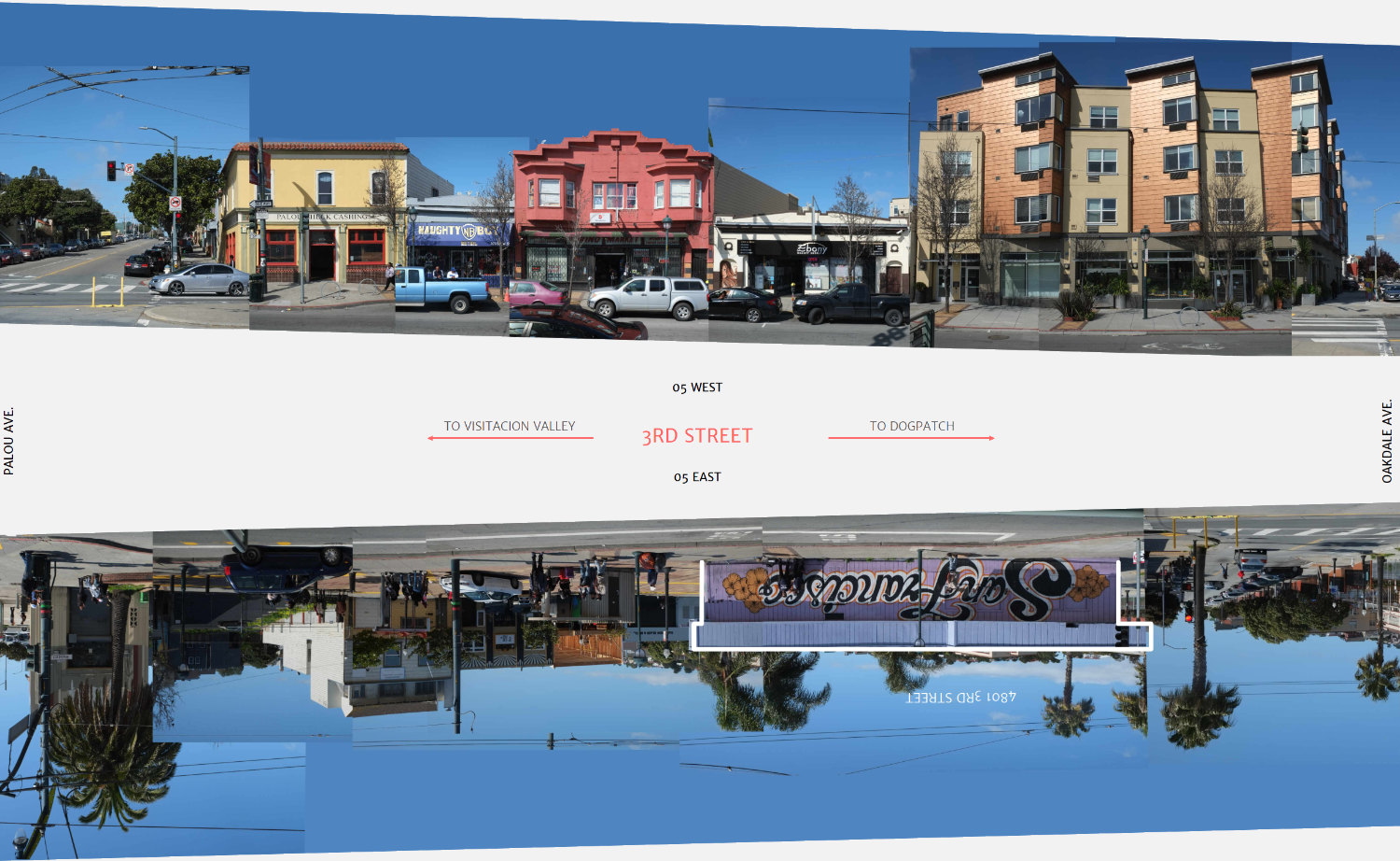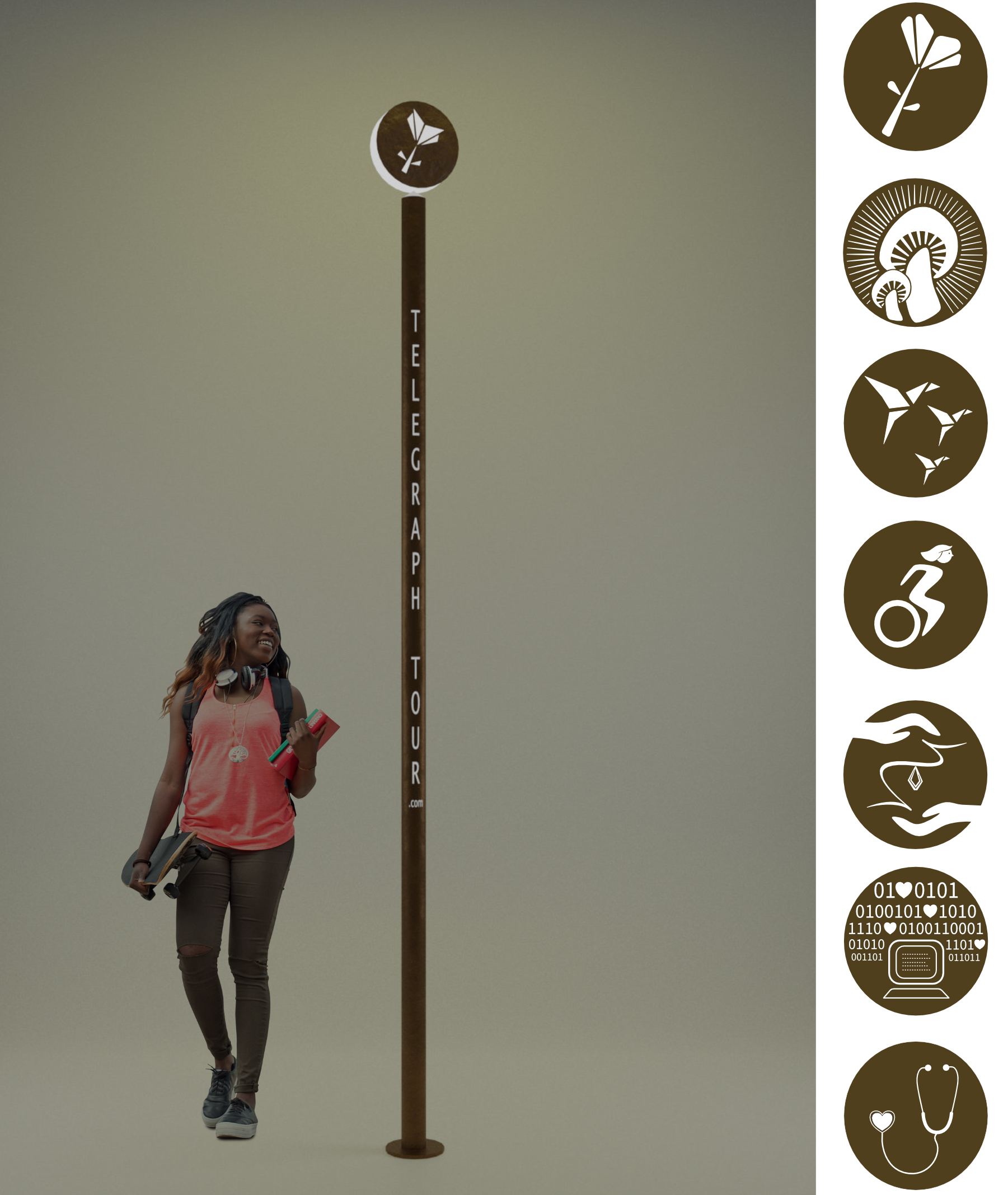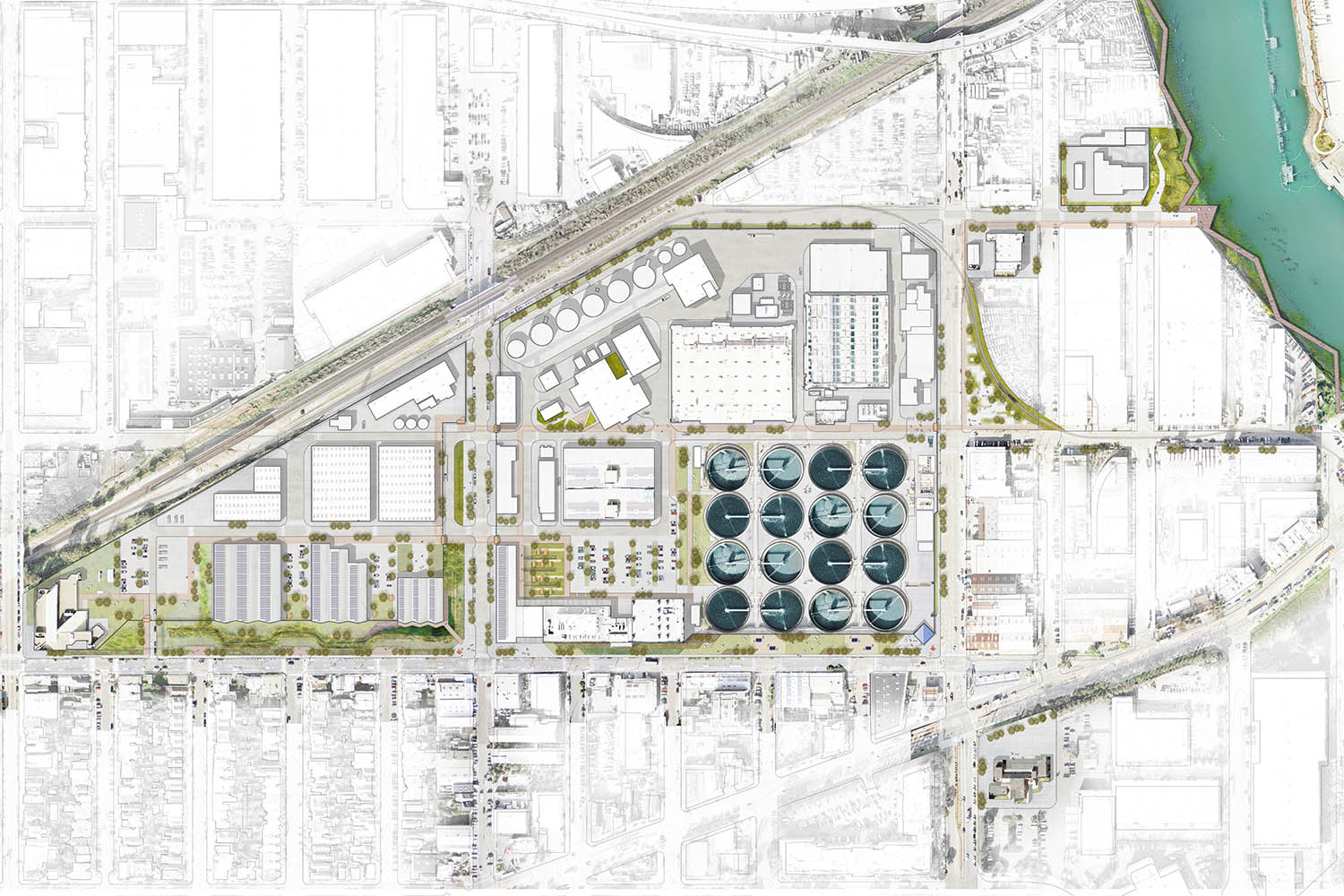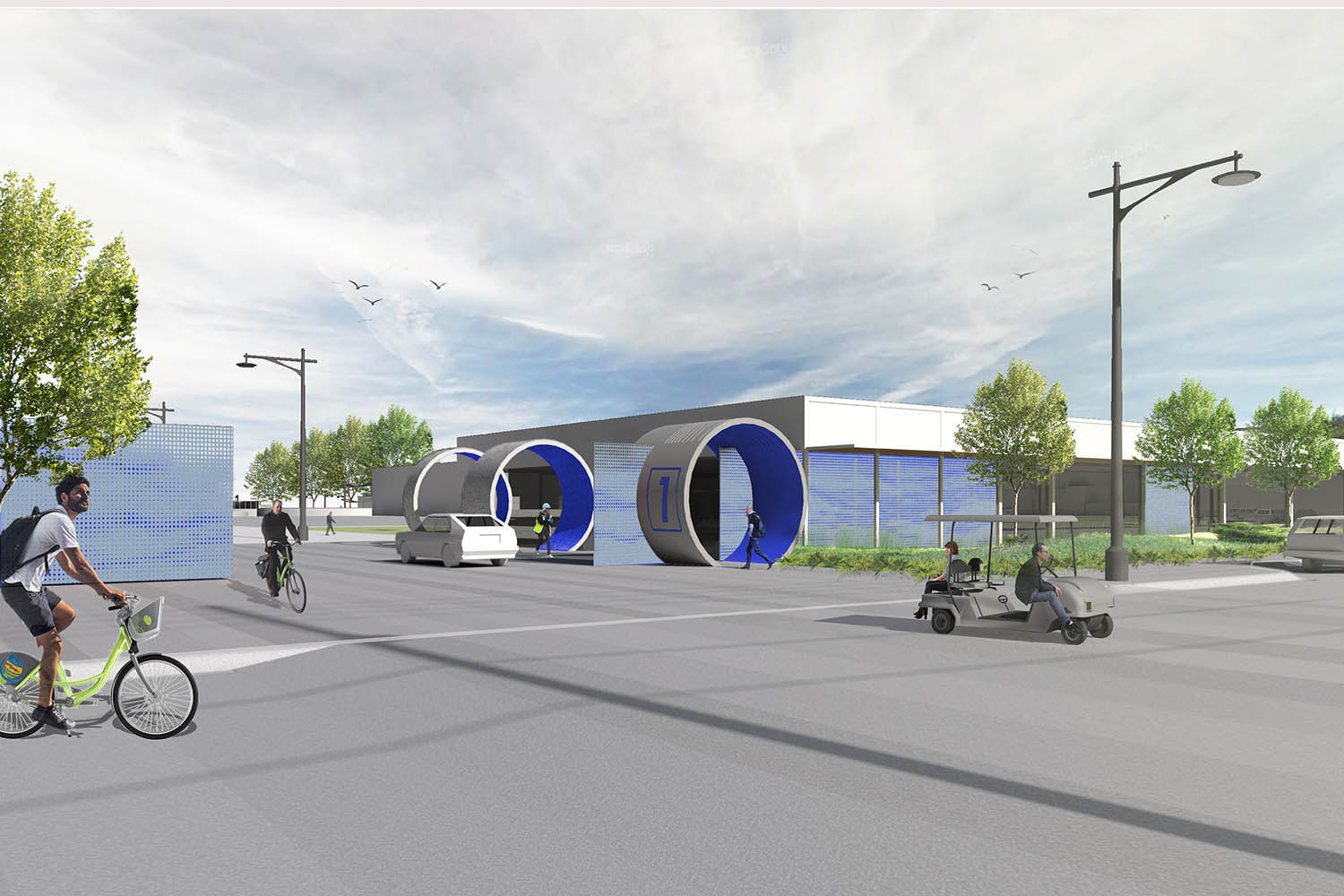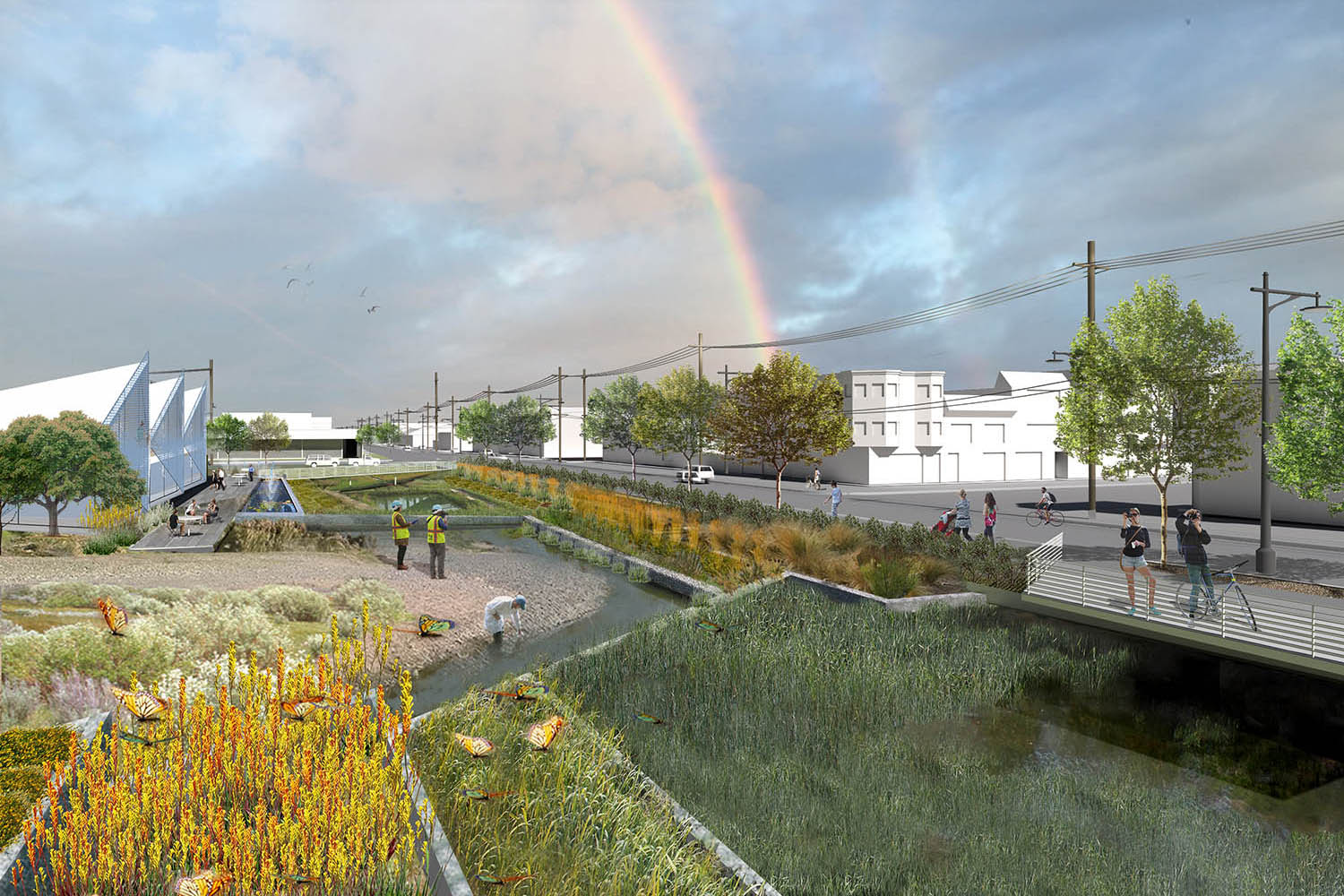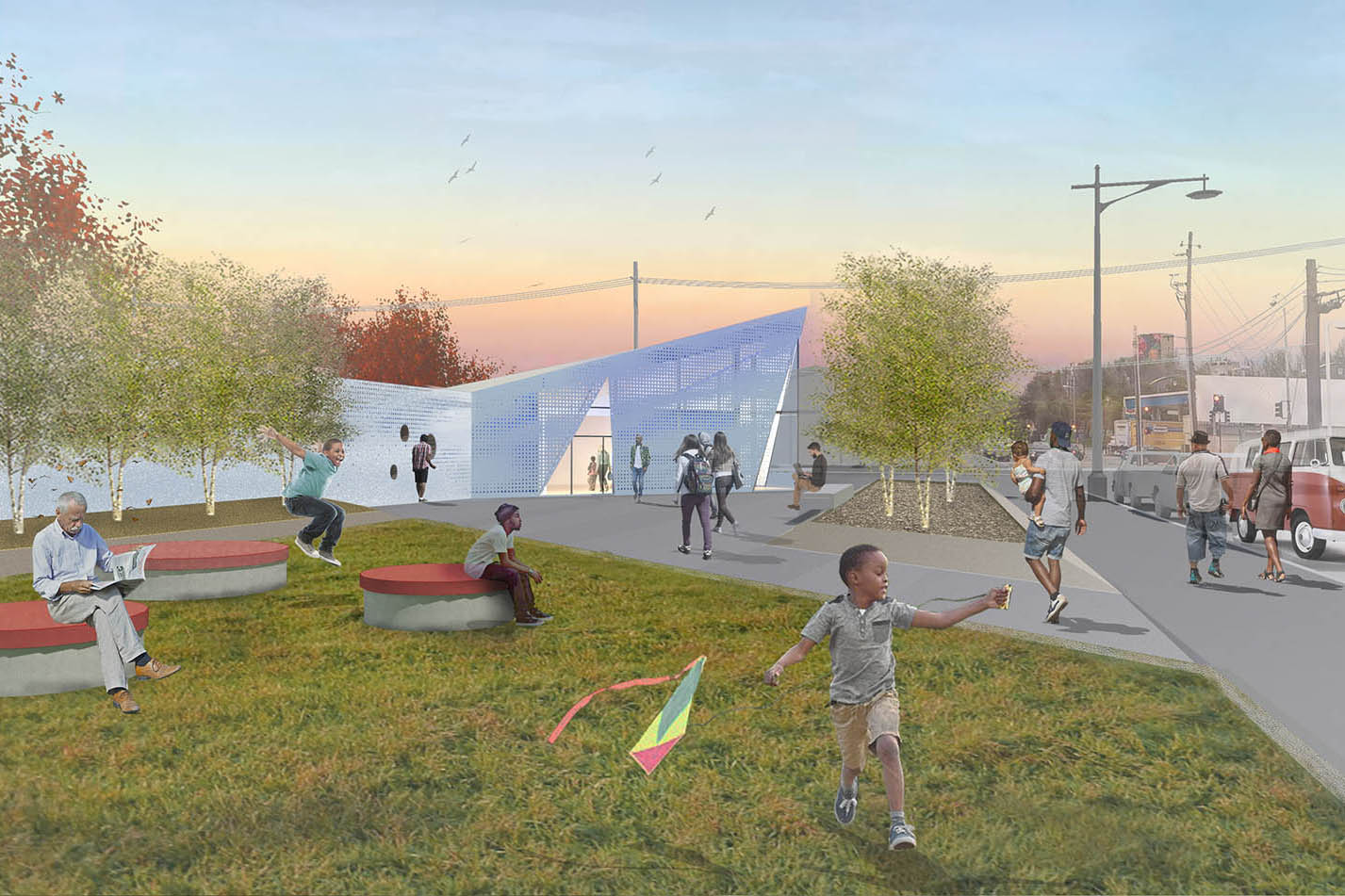Learn more about our work:
> SF Survey
The San Francisco Citywide Cultural Resources Survey (SF Survey) is a multi-year program to identify and document places and resources of cultural, historical, and architectural importance to San Francisco's diverse communities. The SF Survey brings together efforts that inform the SF Planning Department's work on land-use decisions, landmark designations and cultural heritage initiatives. These efforts are guided by collaborations with community partners, historic preservation peers, culture bearers, and community members, to ensure knowledge of what is meaningful to communities guides the work of the Planning Department.
Since 2020, we collaborate with the SF Survey team and a growing network of community partners, shaping and implementing public programming and participation strategies. Our team has developed methodologies to support "living" tools, aggregating community input to facilitate the emergence of collective insights while supporting the program's transparency and accountability goals.
on sfplanning.org
> Transform the Storm
Transform the Storm is a city-wide effort by the San Francisco Public Utilities Commission to build and maintain green infrastructure. Green infrastructure such as rain gardens and permeable pavement, restores the natural processes from soils and plants slowing down, cleaning, and routing stormwater, to mitigate flooding impacts and maitain the capacity of the sewer system. Implemented across our entire city, green infrastructure can support communities in advancing climate resilience and environmental justice goals.
Our team supports Transform the Storm outreach efforts, provides guidance to potential grant applicants and grantees, and facilitates institutional and interagency collaborations.
Programs: , and many other green infrastructure projects across San Francisco.
> Bay to Sea Trail
The Bay to Sea Trail is a 40-mile regional multi-use trail concept facilitated by the Peninsula Open Space Trust. The trail will connect hikers, bikers, and equestrians to nature, open space, and community destinations from East Palo Alto, North Fair Oaks, Redwood City, and Woodside, over the Santa Cruz Mountains to the Pacific Ocean, crossing the ancestral territory of the contemporary Ramaytush Ohlone and Muwekma Ohlone communities.
The trail would help expand public access to nature and open space in the Peninsula and beyond. Nearby communities could benefit from tree-planted streets that mitigate urban heat, and improved connections to destinations close to home such as local parks and trails, community centers, schools, public libraries, and transit hubs. At a regional scale, the Bay to Sea Trail presents a unique opportunity to advance collective health, environmental, and climate adaptation priorities that will benefit everyone.
Our team collaborated on the development of a project narrative and Public Participation Framework to guide public outreach and communications. The framework guides the collaboration of project stewards, champions, and community advisors in the development of strategies and civic partnerships that can support the implementation of Bay to Sea Trail.
> SF Railyards Planning Program
The San Francisco Railyards area is home to a diverse mix of communities and businesses. It also hosts essential regional infrastructure, including Caltrain's train station and railyards site, and is an important gateway to commerce, industry, and regional destinations including Moscone Center, Oracle Park, Chase Center, and University of California San Francisco facilities.
Planned infrastructure projects will bring commuter and high-speed rail to downtown San Francisco. These projects are large-scale, once-in-a-generation initiatives that could transform the Railyards area. As these projects progress, there will be opportunities for the public to provide guidance and advocate for approaches that help reconnect SoMa, Showplace Square and Mission Bay communities.
Our team collaborated with the San Francisco Planning Department, guiding the development and implementation of the SF Railyards Public Participation Framework, and co-facilitating the Railyards Working Group. The tools and resources emerging from this effort seek to enhance the participation of a wider range of stakeholders, while building capacity for deeper community involvement over time.
on sfplanning.org
> Islais Creek watershed
Adapting to a changing climate will require the integration of a watershed-lens to City planning. The San Francisco Public Utilities Commission is working with leaders from multiple City agencies, and community partners, to deliver both long-term flood resilience and quality-of-life benefits to San Franciscans in the Upper Islais Creek Watershed.
Our team is supporting urban design and community engagement efforts, seeking solutions centered on the priorities of residents most vulnerable to flooding.
> San Francisco's Housing Element
San Francisco's housing crisis is a complex problem rooted in economic, racial, and social inequities. Discriminatory policies and programs have led to severely disparate outcomes for American Indian, Black, and other Communities of Color, further exacerbated by the pandemic. The will be San Francisco's first housing plan centered on racial and social equity.
With the San Francisco Planning Department our team co-created and guided a community engagement pilot designed to elevate the voices of those residents most affected by housing inequities. The central strategy consisted of twenty-two focus groups, designed and co-facilitated with community partner organizations. Key questions explored the reparation of harms from discrimination in housing, and alternatives for new housing to be built in San Francisco. These in-depth conversations invited participants to shape draft policies based on lived experiences, and reflect on the values binding past, present, and future San Franciscans.
> San Francisco piers
Climate change and sea level rise bring San Francisco's shoreline into focus, and with this the opportunity to reimagine the waterfront's role as the City's connector.
Our team is supporting the
Port of San Francisco in exploring, assessing and communicating adaptive flood risk mitigation strategies for the future viability of San Francisco's piers. In collaboration with maritime and infrastructure experts from and , we have developed a toolkit of strategies that will inform future development proposals for the piers. This comprehensive approach aims to preserve a historic and cultural resource, enhance and sustain the economic vitality of the waterfront and strengthen the critical infrastructure it harbors.
Read more about the first phase of this project in
in the San Francisco Chronicle (6 February 2020).
> Bayview's Third Street
We were commissioned to survey the Bayview's Third Street shops and street life. The resulting photography will be used to study existing adjacencies and develop economic strategies that can enhance the vibrancy of this urban corridor.
> Telegraph Avenue historic tour
Berkeley's iconic Telegraph Avenue embodies a rich legacy of political activism that shaped the counterculture of the 1960's. From People's Park to civil rights, free speech and the technological revolution, young people imagined the radical social change that gave way to a more inclusive society. These histories of collective action are increasingly relevant today.
Led by the
Telegraph Avenue Business Improvement District a series of street markers and unique icons have been created to support the and bring forward Berkeley's intangible cultural heritage.
> Bayview arts masterplan
Our team facilitated a collaboration between the San Francisco Arts Commission, the San Francisco Public Utilities Commission (SFPUC), and community members to outline a cultural investment strategy for the Bayview neighborhood. The Bayview Arts Master Plan set in motion an inclusive public art process that seeks to enhance a sense of belonging in the community by acknowledging the past, empowering the present, and imagining a shared future. We co-facilitated community workshops, analyzed outreach findings, and supported the development of a cultural strategy that connects SFPUC's environmental stewardship mission with the values of the Bayview community.
on www.sfartscommission.org
> Resource Recovery Campus
The planned technological improvements to San Francisco's oldest water treatment plant, offer opportunities to reimagine public infrastructure in its urban context and to reenergize existing partnerships with the Bayview community. The shared vision is to transform the
San Francisco Public Utilities Commission Southeast Treatment Plant into a state of the art Resource Recovery Campus, a civic destination, a proud neighborhood asset, and an attractive workplace. Internal and external stakeholder workshops led to the preparation of a master plan and accompanying design guidelines. The resulting framework became a critical tool in the Civic Design Review process, helping set the context for a 20-year implementation program.
